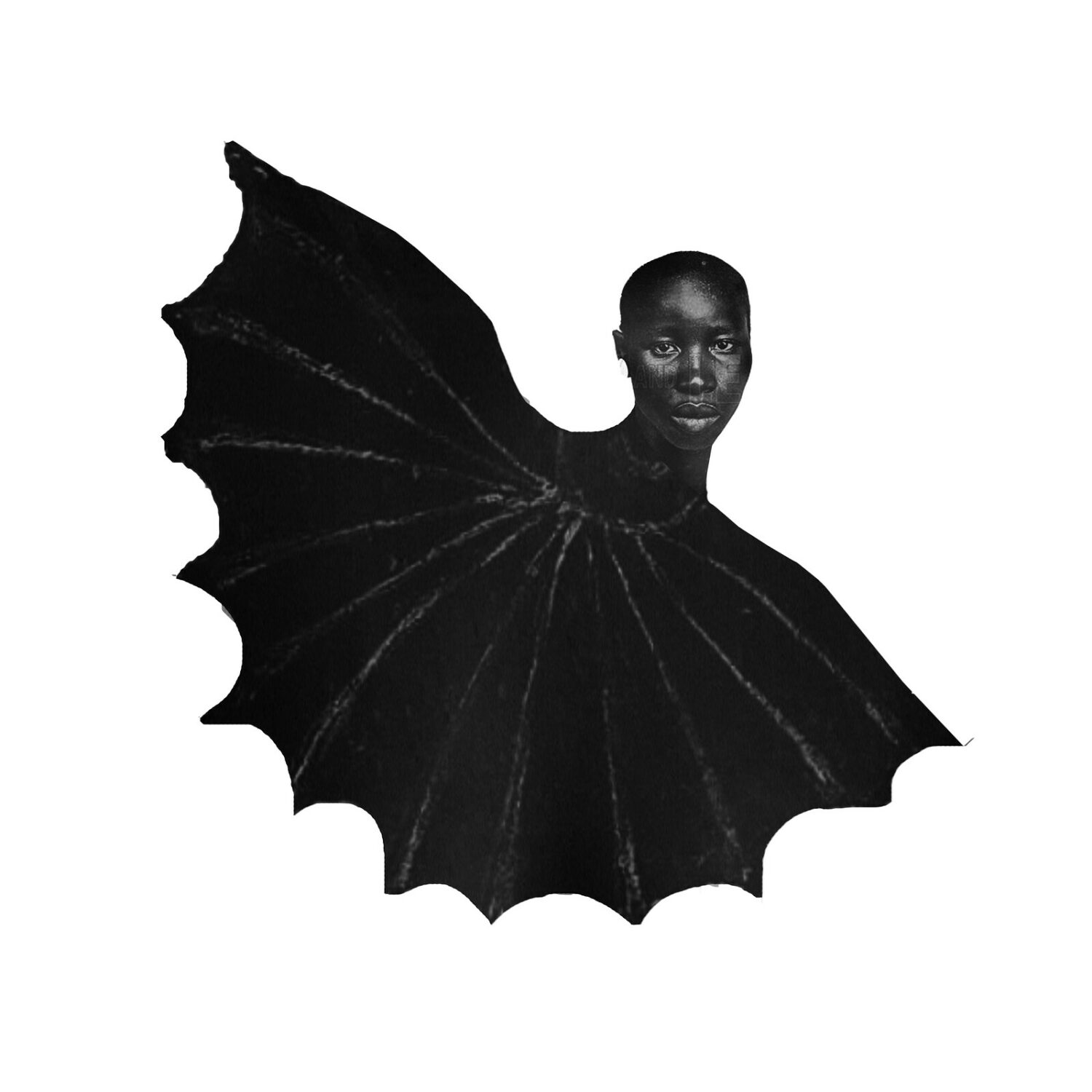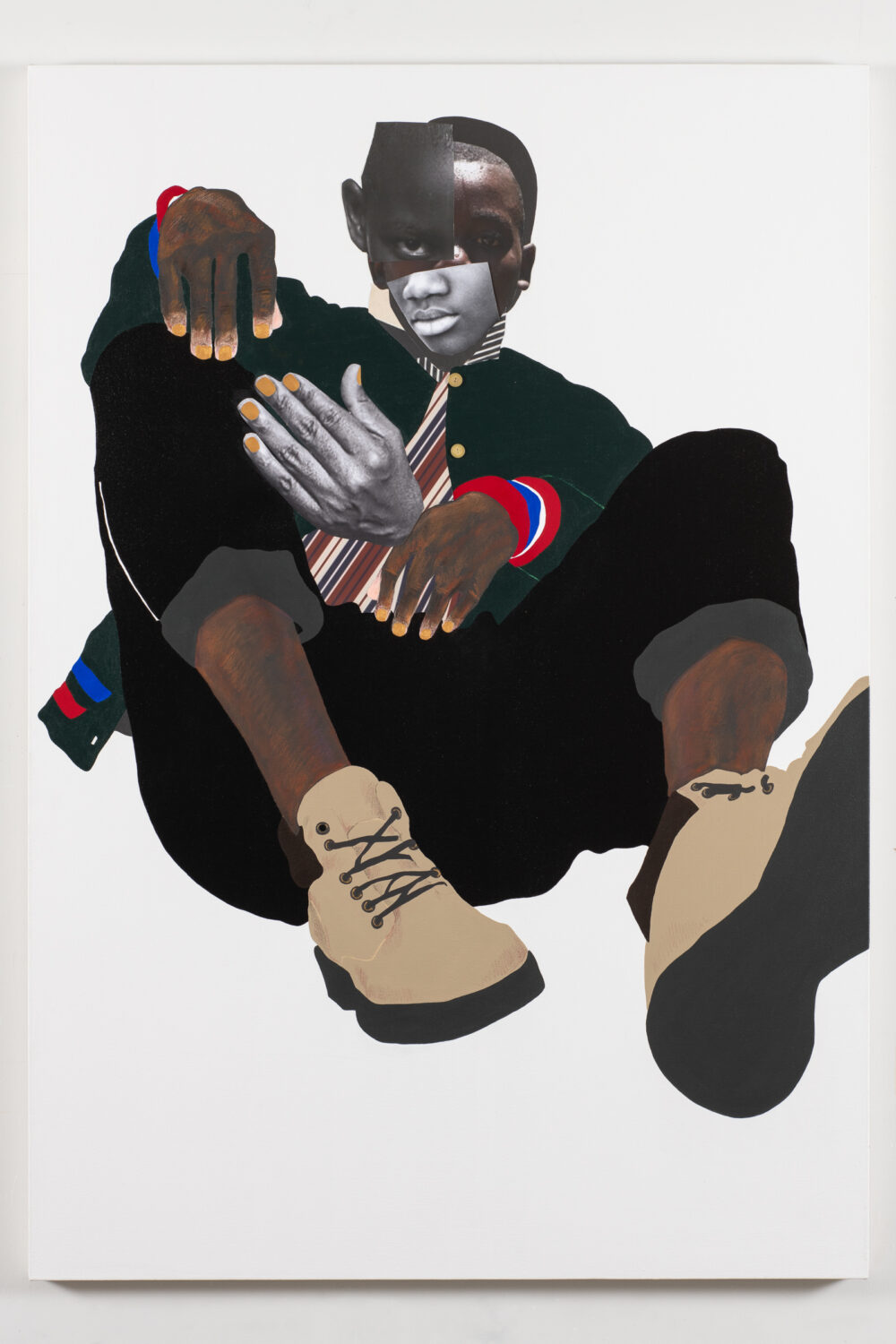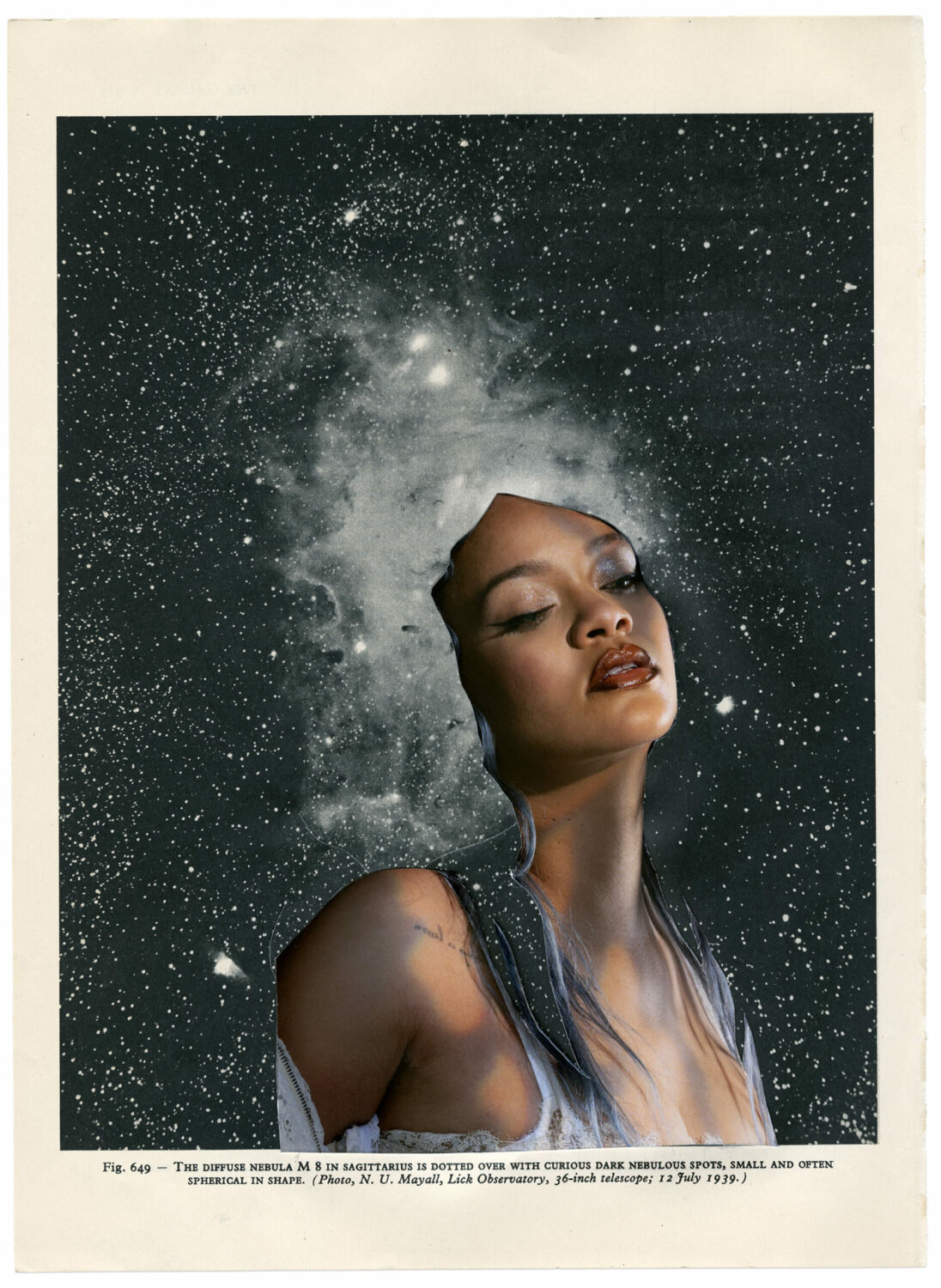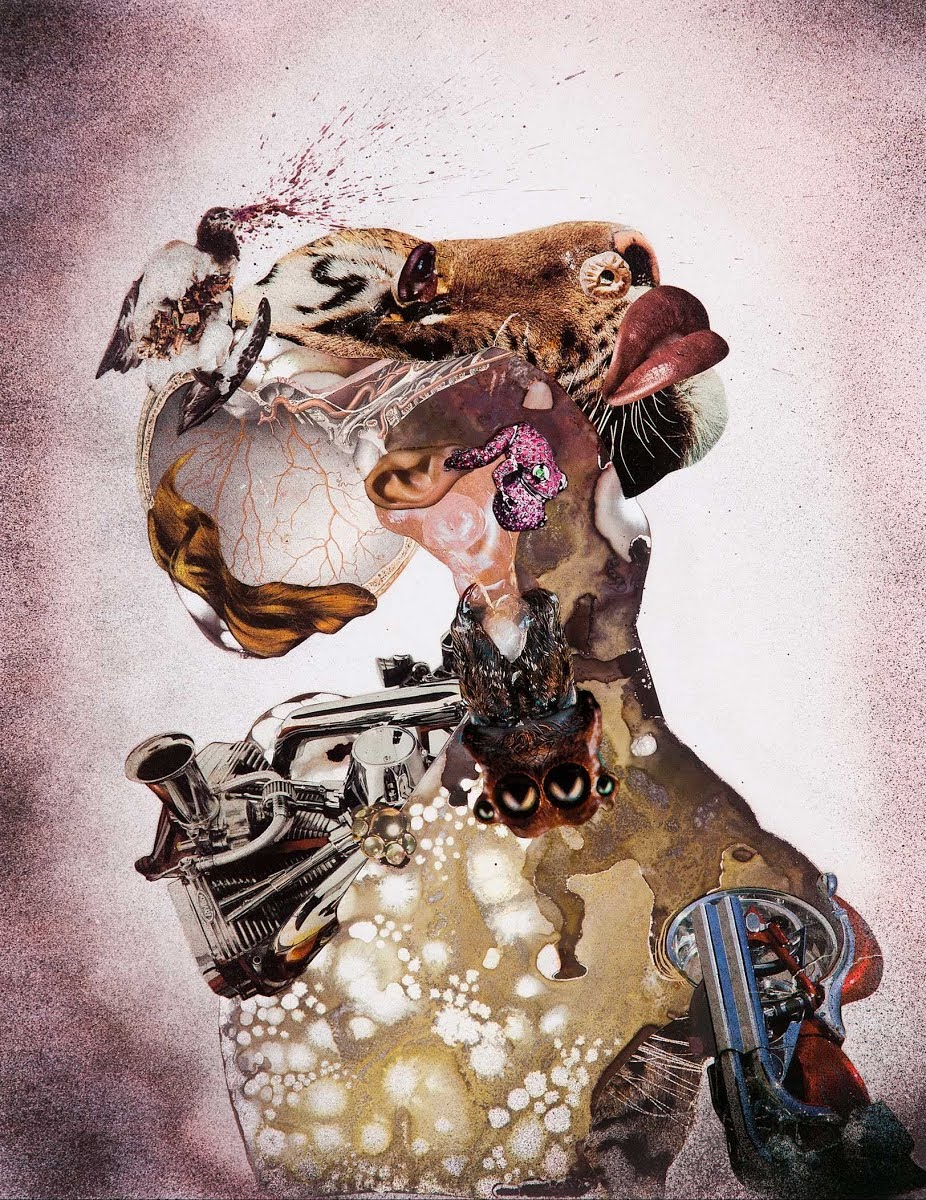5 Contemporary Artists Forging New Black Histories Through Collage
By Something CuratedCollage, a technique by which a new work results from an assemblage of different forms, was a method first recorded around the time of the invention of paper in China, in 200 BCE. With a rich history spanning the globe and diverse art movements from Cubism to Pop art, the method remains prevalent in contemporary art practice today. A powerful way in which to recontextualise, reimagine and remake existing material, the below artists are utilising collage to rewrite and subvert Black histories and challenge longstanding archetypes.
Frida Orupabo

Nigerian-Norwegian artist Frida Orupabo’s works are, in some sense, solutions to problems; the problems being that certain images do not exist and need to be created. Working mainly with collage, Orupabo’s work synthesises fragments of bodies to reconstruct narratives and imagine new configurations of subjectivity denied by colonial legacies. More often than not, the figures in Orupabo’s images are Black women; although the categorisation of gender, race and family heritage are not only questioned, they become the locus of her explorations. Mining digital archives mostly online, Orupabo’s process starts on a small-scale, collaging images on screen, but these often grow into much bigger, life-sized characters in the room. Enlarged, printed in tiles, cut out, and then pinned together, Orupabo’s process of combining images retains a hand-made simplicity.
Raphaël Barontini

Paris-based artist Raphaël Barontini pays homage to the legacies set by figures of historical movements for liberation. In a style of collage combining photography, silkscreen printing, painting, and digital prints, Barontini tows the line between functionality and ornamentation, to offer an altered guise at history. Flags, banners, tapestries, and ceremonial capes are superimposed to create large scenes that provoke questions of labour and production. For Barontini, challenging the canon of postcolonial history surrounding cultures and territories that have experienced slavery or colonisation remains priority. His work establishes a “counter-history” through the depiction of heroes, both real and imaginary, in replacement of White colonial leaders.
Deborah Roberts

Bringing together collage and mixed media, Texas-based Deborah Roberts’ figurative works depict the complexity of Black subjecthood and explore themes of race, identity and gender politics. The artist’s use of collage reflects the challenges encountered by young Black children as they strive to build their identity, particularly as they respond to preconceived social constructs perpetuated by the Black community, the White gaze and visual culture at large. Combining a range of different facial features, skin tones, hairstyles and clothes, Roberts explains that, “My early ideals of race and beauty were shaped by and linked through paintings of renaissance artists and photographs in fashion magazines. Those images were mythical, heroic, beautiful, and powerful and embodied a particular status that was not afforded equally to anyone I knew… with collage, I can create a more expansive and inclusive view of the Black cultural experience.”
Lorna Simpson

Through her distinctive approach to conceptual photography and film, combining images and text, Lorna Simpson examines Black womanhood, drawing from her own memories alongside wider histories to make pertinent observations on the nature, power, and failings of representation. Collage rooted in portraiture, tableau, and repetition are frequently appearing motifs in Simpson’s work; the use of these traditional artistic techniques become co-opted and subverted in her hands as a way to underline the objectification of Black bodies throughout history. By juxtaposing language with imagery, Simpson’s work contributes to “intertextuality,” a mode that relies on the artist’s pairing of each in ways that encourage the viewer to reassess their original perceptions of what an image or a word really signifies.
Wangechi Mutu

Kenyan-born American artist Wangechi Mutu reflects on sexuality, femininity, ecology, politics, the rhythms and chaos of the world and our often damaging or futile efforts to control it. First recognised for paintings and collages concerned with the myriad forms of violence and misrepresentation visited upon women, especially Black women, in the contemporary world, Mutu’s work has often featured writhing female forms, their skin erupting with mutant appendices like gun shafts or machine gears sprouting from the sockets of joints. More recently, exploring and subverting cultural preconceptions of the female body and the feminine, in her works Mutu proposes worlds within worlds, populated by powerful hybridised female figures. Her practice has been described as engaging in her own unique form of myth-making, one in which the interweaving of fact with fiction opens up manifold possibilities.
Feature image: Frida Orupabo, Angelo, 2020. Courtesy the artist and Galerie Nordenhake, Stockholm